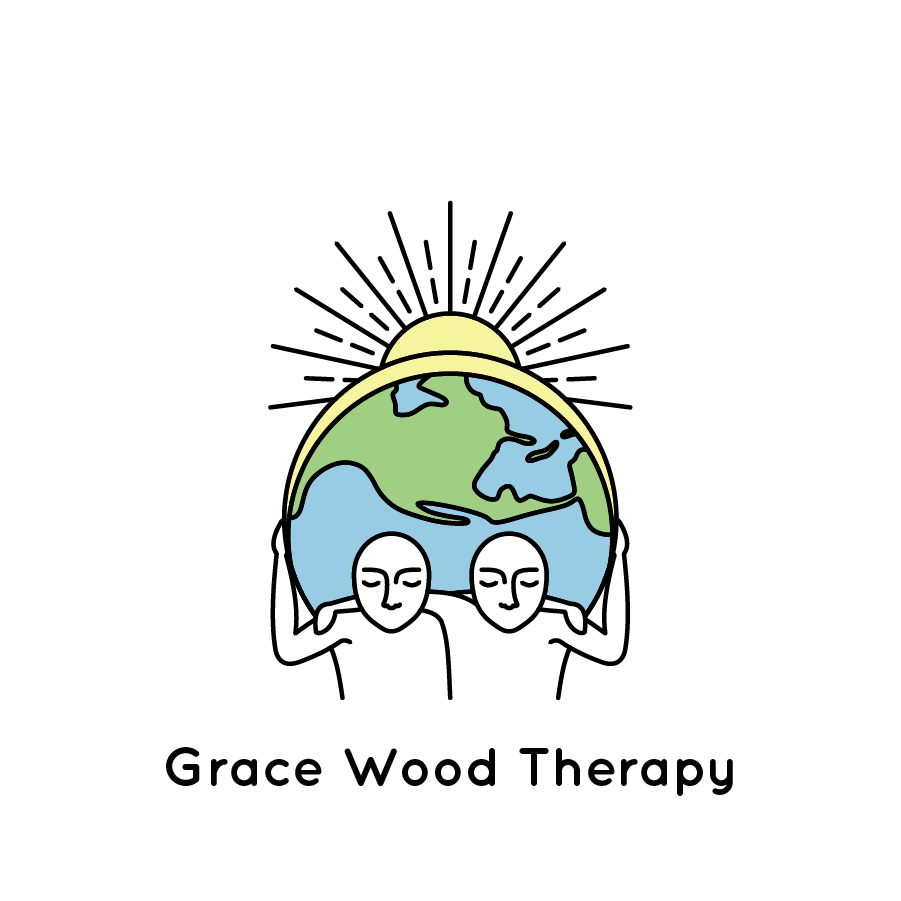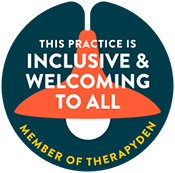An anxious attachment style is characterized by:
Obsessive thinking around relationships
Fear of abandonment
Worries that people (especially romantic partners) are angry or upset with you
“Clingy” or “needy”ness
Strong need for reassurance in relationships
The list could go on. Anxious attachment styles are difficult to live with, to say the least. People with an anxious attachment can experience intense anxiety and obsessive thoughts when it comes to relationships, which tends to make being in a relationship more challenging. (Avoidant attachments are also quite challenging, but we’ll talk about those in a different post!)
If these traits sound like you, even if it’s just in romantic relationships, don’t worry. You’re not alone. I have an anxious attachment style too, and therapy has helped me work through it. My anxious attachment is not gone, but I’m able to help myself through the most difficult moments. You can too!
Though the tools I’m going to list are (hopefully) helpful, I would strongly recommend seeing a therapist if your anxious attachment is having a big impact on your life. It takes some time and work to unpack where the attachment came from—often there is some trauma that needs some attention.
Notice and name
When that initial anxiety spikes and you feel yourself going down a familiar thought-spiral, work on noticing it right away. Maybe your partner says or does something to trigger it; maybe it’s triggered by something from your past. Regardless of the reason, recognize and acknowledge “this is anxiety”. Research shows that just naming our emotions can help lessen them.
It might sound strange, but try giving this anxious part of yourself its own identity. What would this part of you look like if it was its own person? How old is it? What is its name? You might stick with just calling it “anxiety”, but you could give it a name like “Seinfeld”. Being able to picture it will help you identify it more quickly, and it will help you in the next step.
Give compassion
This part of you, the anxious attachment, it came to be for a reason. It is likely a coping mechanism that you have developed in order to avoid getting hurt. Someone might develop a part of themselves that’s hyper vigilant in relationships because they felt they had to be vigilant in order to maintain love in their childhood. Of course, there are many reasons this protective part of ourselves can develop. Our instinct is usually to try to push these parts of ourselves away, but that usually ends up just making us feel worse.
Picture the part that you envisioned in step one, and imagine walking over to it and giving it a big ol’ hug. It’s really hard to have so much worry and concern around relationships. It's terrible feeling that the one you love is bound to up and leave at any moment. Those parts of us need love, compassion, and understanding, and it’s important that we give ourselves that. Rejecting our own feelings only makes us feel more alone.
I’m adding another note here just to say that compassion is an essential step. You cannot do the rest of this exercise and leave that bit out. As long as this part of you is being pushed away and neglected, you’re going to feel anxious and insecure.
Recognize the underlying need—and ask for it!
What is this part of you trying to tell you that you need? Often, with an anxious attachment, thoughts come up like “they don’t really love me”, “they’re upset with me”, “they’re going to leave”, etc. Rather than sending a text like “do you hate me?”, try saying something like “hey! This thing happened earlier and triggered some anxiety for me. Can we talk more about___? I need some clarification on where you’re at in the relationship”. It might sound strange and formal at first, but it’s much more likely to meet your needs.
People with anxious attachment styles often struggle with asking for their needs to be met, often because they worry their needs are “too much”. This is a self-fulfilling prophecy of sorts because the longer someone goes without expressing a need, the more intense that need is going to be, until it gets to the point where it feels like a very big deal. This sudden urgency can leave partner’s feeling confused and taken off guard. It’s like if you were a little bit hungry but you didn’t bring it up because it wasn’t a big deal. Two hours later, you’re yelling at your partner, telling them you need food NOW.
Learn how to meet your needs
It’s totally normal and human to need others, and I’m not saying that we can meet all of our needs on our own. However, we owe it to ourselves to try to meet our own needs whenever we can. In a lot of ways, we often do the opposite. If you’re needing reassurance, for example, but your self-talk is saying the opposite of the things you want to hear, you’re bringing yourself down and expecting/hoping that your partner will lift you back up. That’s unfair to both of you.
Instead, repeat the steps above, acknowledge the part of you that feels the anxiety, and practice comforting yourself. That might look like reminding yourself that you are loveable, you are worthy, and that others love and appreciate you (even if you don’t feel that way in the moment). If what you’re needing is attention, make sure you’re giving yourself attention. Check in with yourself and make sure you’re fed, getting enough sleep, and spending time doing things you enjoy.
If you were around someone who spent the whole time focusing on someone else, you likely wouldn’t feel connected. If you were with someone who was on their phone the whole time or otherwise pre-occupied, you also likely wouldn’t feel connected. Check in and notice if you’re treating yourself that way. You deserve quality time and connection with yourself. If you’re not sure how to connect with yourself, try journaling, being creative, learning something new, or exercising. Notice what makes you feel connected and less alone.
These four steps are simple, yet difficult to master. If it feels really hard at first, that’s totally okay. Keep practicing and be compassionate with yourself along the way. Keep in mind that a healthy relationship is one where both people are getting their needs met AND where both people are able to meet the majority of their needs on their own. It’s not anyone’s responsibility to meet all your needs. You can do this!
If you want additional support on managing your anxious attachment style, contact me today.


